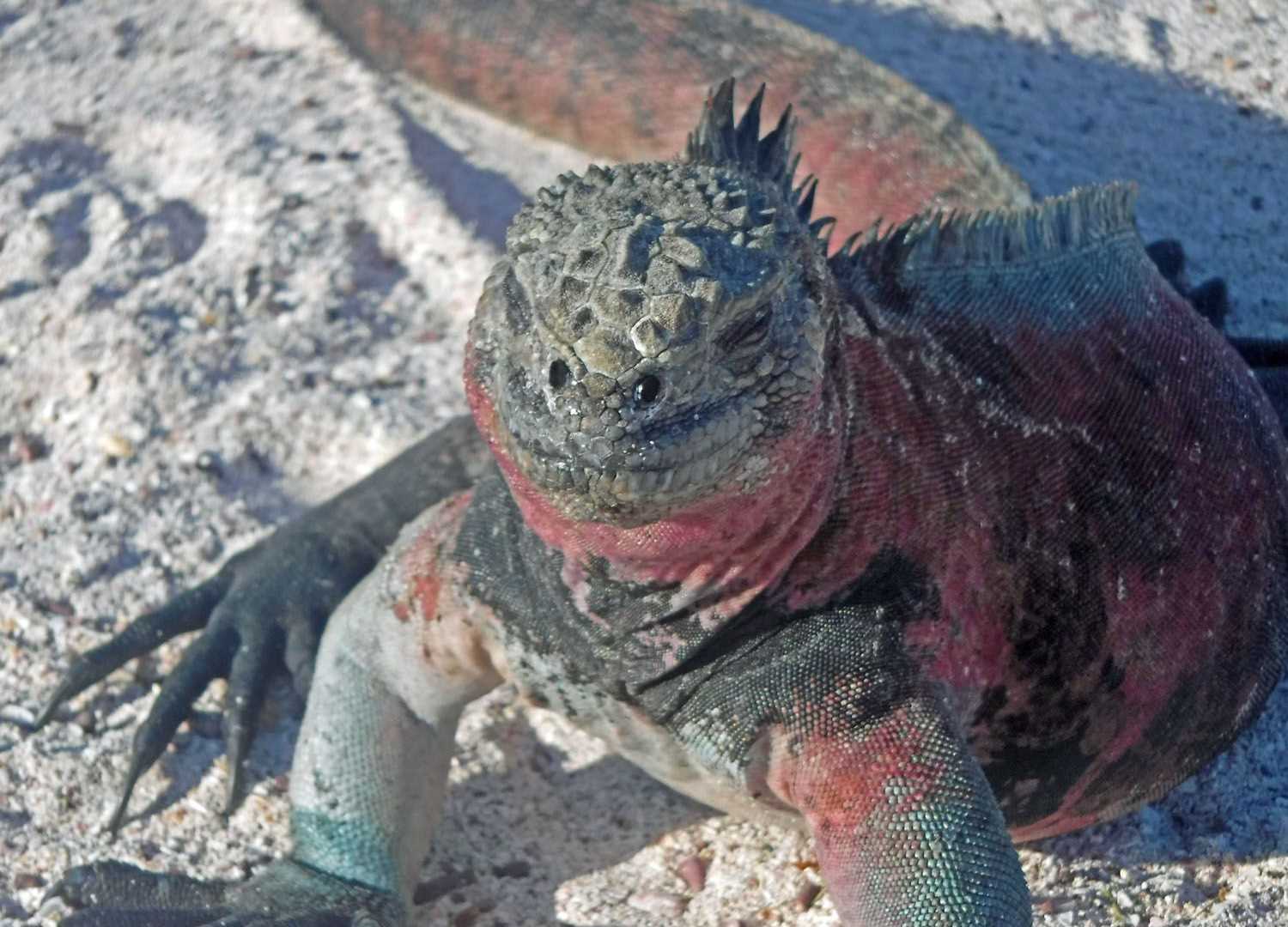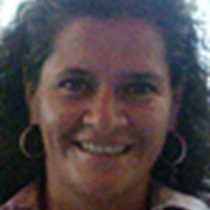As we landed on Española, it was amazing to see how many sea lions were just everywhere. Some were with their moms and some had been left behind while their mothers went fishing in the ocean. It is important to understand that some babies are very demanding when it comes to nursing, so the females normally leave the babies on the beaches while they go out to look for fish.
Española, otherwise known as Hood Island, is the oldest island in Galapagos, at an estimated four million years of age—of course, if you compare its age to the age of the planet itself, which is around 6.4 billion years, we could still see Española as a young formation. The older islands have given species more time to evolve in isolation. As we started to walk among the lava, we could see that erosion had converted the lava flows into boulders.
The strenuous walk took us to the nesting ground of the waved albatross, one of the part time inhabitants of this place. We were lucky enough to see the first pair of males circling the landing area and eventually landing, what an incredible sighting this was and how worthwhile if made the walk for us.
The mockingbird of Española is one of the four species present on the island, so far we have had a chance to see two of the four species found in the Galapagos. They are one of the species that got Darwin’s attention back in 1835, he collected three out of the four noticing how they have some physical differences and he quoted: “there is a difference between the inhabitants of the different islands”… As we continued to hike along the trail, we had a chance to see the entire breeding cycle of the Nazca boobies, couples courting, couples making a nest, couples preening each other, parents feeding chicks and independent chicks defying hawks, knowing that they are now too big for the hawks to prey upon. The albatross is an oceanic bird that only comes to land to reproduce. They have chosen this particular island because here of the cliffs from which they can take off—being oceanic, they are big and need the help of the wind to make it.
We returned to the ship at sunset time with a deeper understanding of how these fragile places need to be protected and preserved for future generations.







